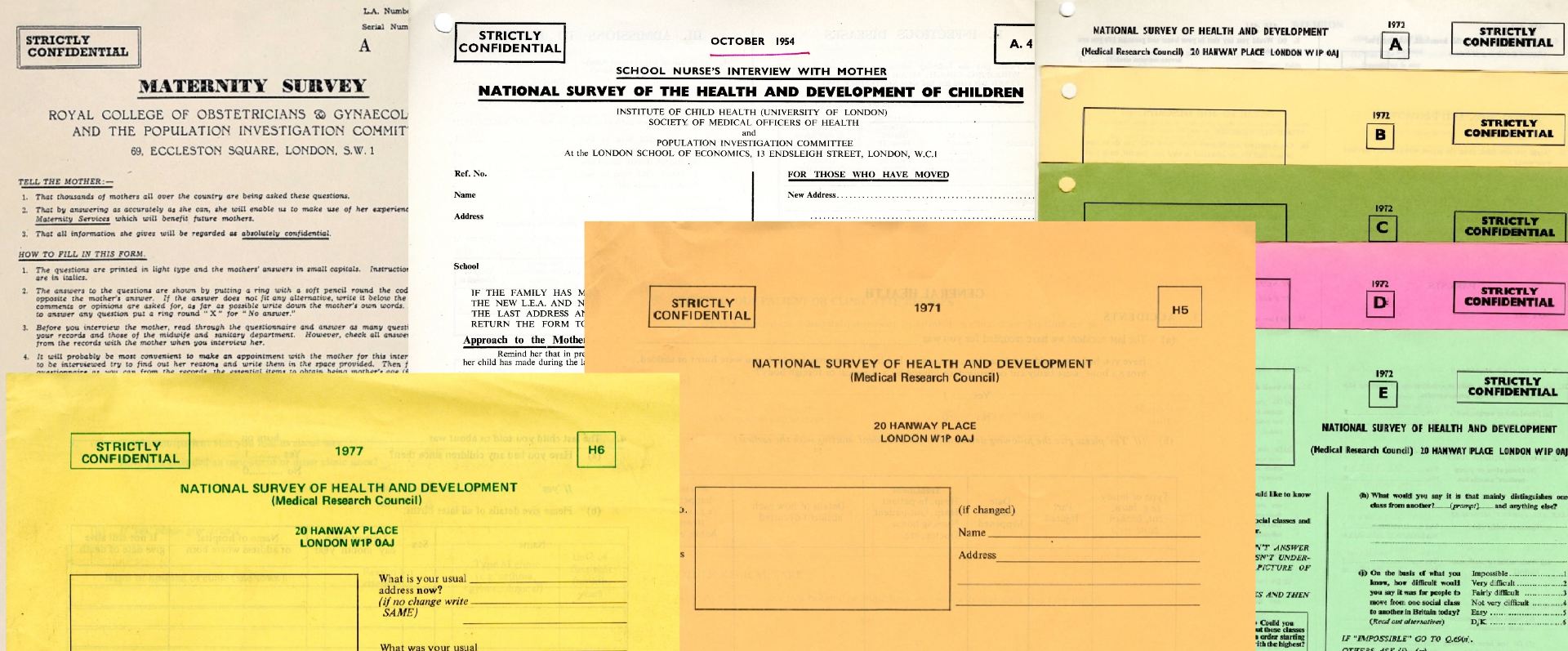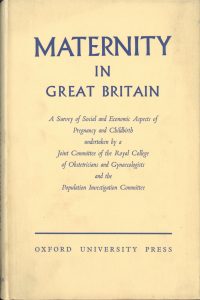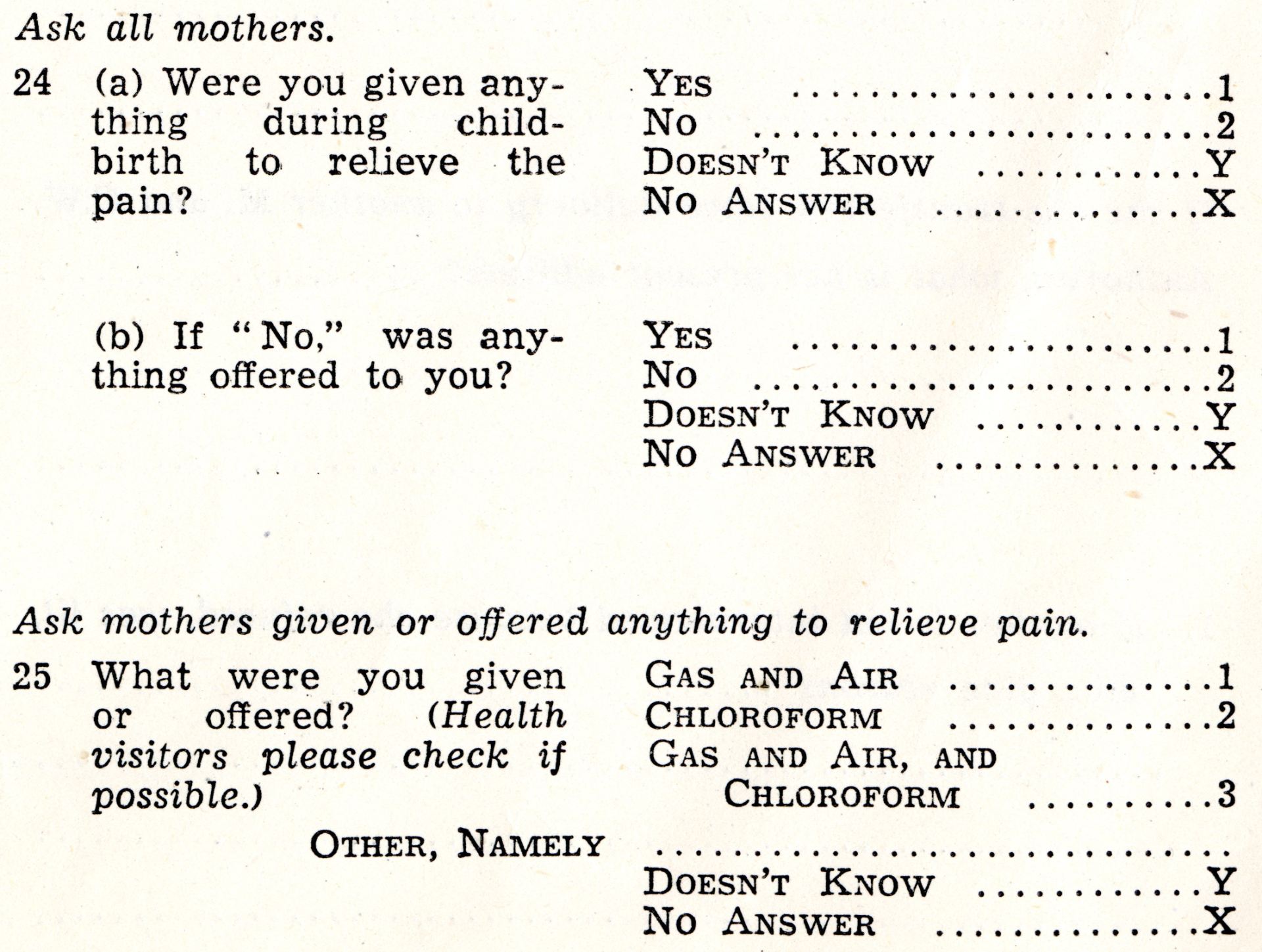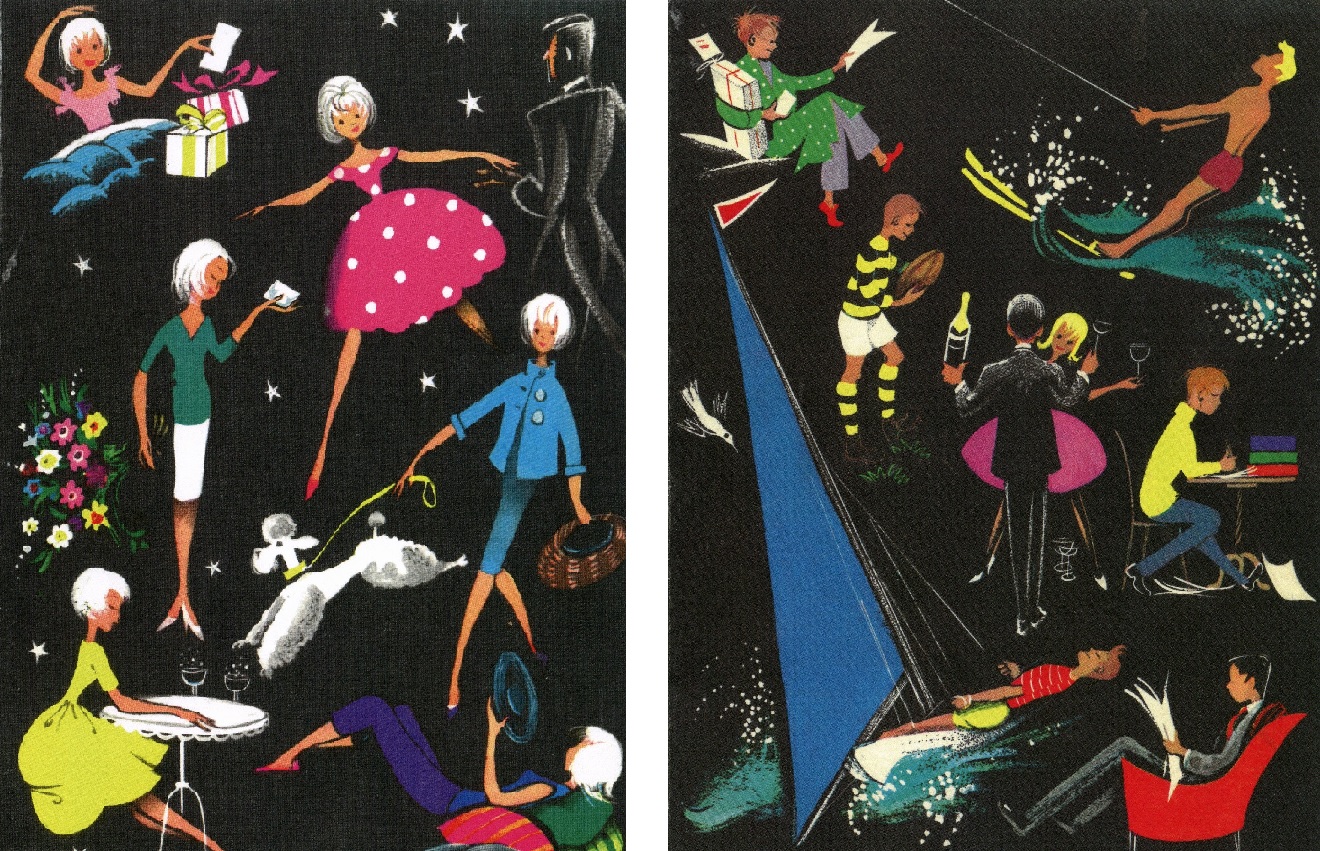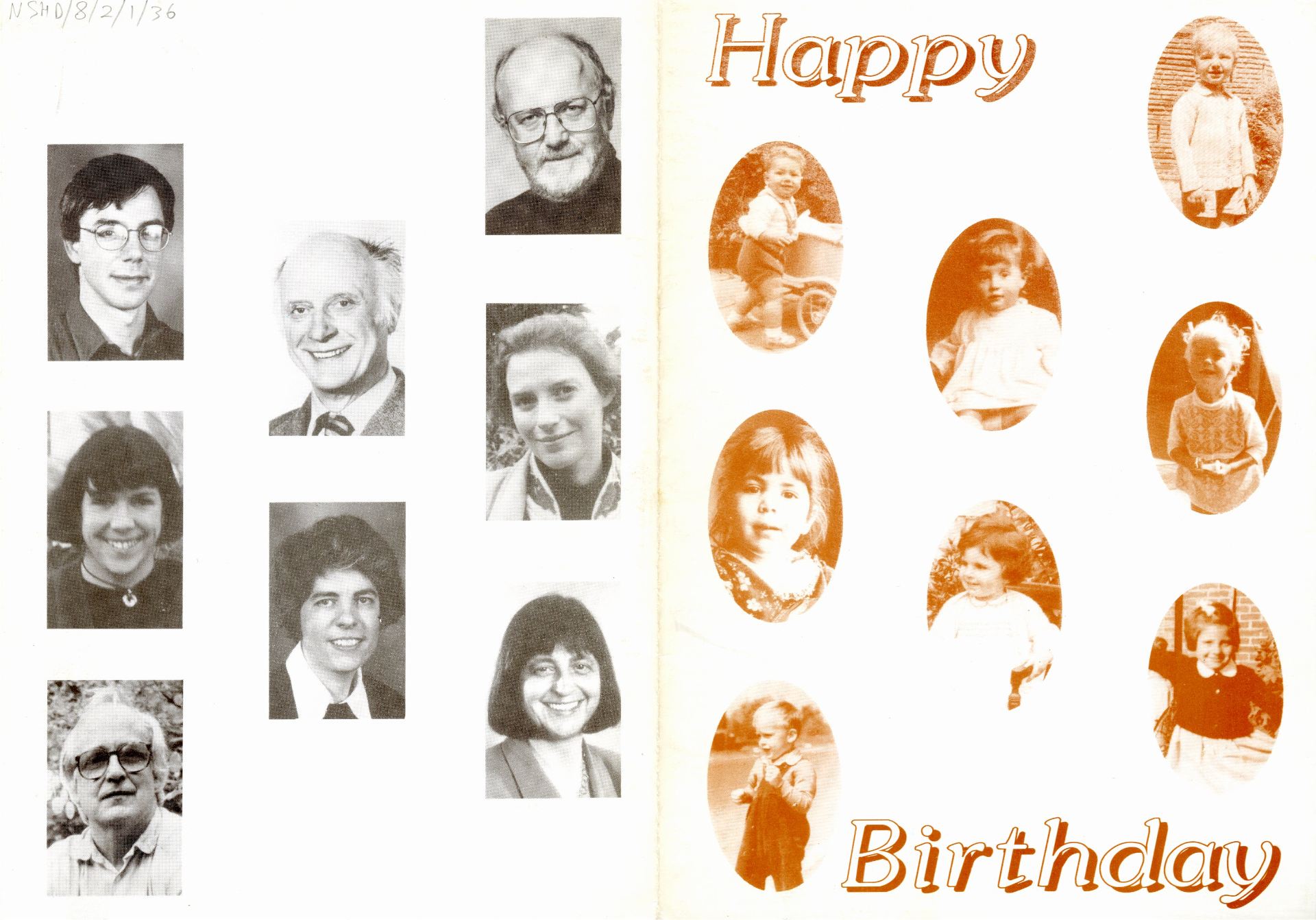“We Are Not Alone”: Legacies of Eugenics in Education and Society
By Nazlin Bhimani, on 17 October 2022
This post has been co-authored with Professor Marius Turda.
The IOE Library has on display a shortened version of the exhibition “We Are Not Alone”: Legacies of Eugenics which was first shown at the Weiner Holocaust Library in 2021 and which is now at the Royal College of Psychiatrists. The exhibition was curated by Professor Turda (Oxford Brookes University) with some content from UCL Special Collections (Galton Laboratory Collection and the IOE Library’s History of Education Collection) as well as content from the LSE’s Library. Following the opening of the exhibition, the Weiner Library hosted a Roundtable Discussion where all who worked on the exhibition shared our research. Both Indy Bhullar, Curator for Economics and Social Policy at the LSE Library, and I were subsequently invited by Subhadra Das (previously Curator of Science Collections at UCL Culture and now an independent scholar) to publish this research as short stories for the Wellcome Collection. The following provides some background on eugenics and the resources that are currently on display at the IOE Library.

The title of the exhibition, “We are Not Alone” is inspired by a widely circulated Nazi eugenic poster from the mid-1930s. After the introduction of the 1933 ‘Law for the Prevention of Hereditarily Diseased Offspring’, Nazi propagandists claimed that their eugenic programme of forced sterilisation was in no way different to provisions already existing in the penal legislation of countries such as the USA and Sweden, and which was about to be introduced in other European countries such as Britain, Hungary, and Poland. ‘We are not alone’, they said, hoping to garner international support for their plans to eliminate ‘defectives’ from society and to ‘purify the race’.
Eugenics was a global movement. The exhibition highlights this aspect, providing historical examples from Britain, USA, Italy, Sweden, and Romania, whilst recognising that eugenics programmes targeting individuals with mental disabilities and ethnic minorities were not stopped after 1945. They continued during the post-World War II period in countries as diverse as the USA, Scandinavia, Japan, Czechoslovakia, and Peru. The exhibition aims, therefore, to offer a historically informed account of our eugenic past, present, and future, balancing various elements of continuity and discontinuity, of idiosyncrasy and similarity between eugenic movements across the world.
The internationalisation of eugenics reflected a general appreciation in many parts of the world that science was the sufficient and necessary foundation for the long-awaited renewal of the human race. As a self-styled scientific theory of human betterment and planned breeding, eugenics was based on the principle that people who were deemed socially and biologically ‘unworthy’ of reproduction should be excluded. In the name of future generations, eugenicists dissolved aspects of the private sphere, scrutinising, and working to curtail reproductive, individual, gender, religious and indigenous rights. The boundary between the private and public spheres was blurred by the idea of public responsibility for the nation and the race, which came to dominate both. In the twentieth century, the state and the society at large increasingly adopted a eugenic worldview, even though none of it was based on proven scientific arguments. Instead, eugenics relied on speculations about social norms, cultural, ethnic and gender differences, and racial worth. Ideas of economic and social productivity also flowed readily from eugenic arguments, and eugenicists argued that if an individual was found to be socially ‘unfit’, it was appropriate for them to be ‘weeded out’. ‘Unfit’ had become a label for those members of society who were deemed ‘pathological’, ‘criminal’, ‘asocial’, ‘foreign’ and ‘undesired’.
Eugenicists claimed to act in the name of future generations by ensuring the continuity of people who were believed to be ‘hereditarily healthy’. Some eugenicists highlighted the primacy of heredity in shaping character and behaviour, while others insisted equally on the role of education and the environment. Not surprisingly, they also disagreed over which eugenic measures were deemed practical and efficient, and which ones should be rejected on ethical, scientific and religious grounds. In Britain, for instance, the Eugenics Society set up a committee to draft a sterilisation bill in 1929, chaired by the society’s president, Bernard Mallet. Two years later Major Archibald Church (1886–1954), a Labour MP and member of the Eugenics Society, introduced a sterilisation bill in the House of Commons, but it was rejected. One of his Labour colleagues, physician Hyacinth Morgan (1885-1956) rebuked the bill sharply: ‘Some when inebriated see beetles; the eugenist intoxicated, sees defectives’. In 1932, another sterilisation committee was established under the chairman of the Board of Control, Lawrence Brock (1879-1949). But these efforts led nowhere, as no sterilisation bill was introduced in Parliament again.
The exhibition presents us with the opportunity to review how assumptions and attitudes rooted in eugenic principles became entrenched in British education. From the beginning, eugenics appealed to educationalists, school reformers and feminists who advocated teaching the nation’s children and the youth ‘sound morals’ alongside physical education and modern ideas of hygiene. These were considered prerequisites for maintaining a healthy body and mind, and in society’s advancement towards a eugenic future. Educationalists such as the co-founder of the London School of Economics, Sidney Webb (who was instrumental in the establishment of the London Day Training College –now the IOE, UCL’s Faculty of Education and Society), was a key supporter of eugenics. Other examples include heads of colleges such as Margaret Tuke, Principal of Bedford College and J. J. Findlay of Owen’s College, Manchester, the London County Council’s Schools Inspector, W. H. Winch, and the educational psychologist Cyril Burt.
The cases display the intelligence tests or IQ tests from the Psychology and Human Development (PHD) Collection at the IOE. These tests were adapted by Cyril Burt from the IQ tests developed in Paris by Alfred Binet and Theodore Simon at the turn of the twentieth century. Burt’s ‘mental footrule’ was used to rate the intelligence of a child and his evaluation of mental deficiencies influenced the outcome of the 1924 Hadow report on psychological testing and the 1929 Wood Report of the Mental Deficiency Committee and the Board of Education. The latter recommended the reclassification of children considered to be ‘mentally defective’ . Also on display are publications by the experimental psychologist, H. R. Hamley and director T. Percy Nunn on The Education of Backward Children: and, Juvenile Delinquency in England and Wales as well as A Textbook of Hygiene for Training Colleges by Margaret Avery, Vice Principal of Warrington Teacher Training College.

Besides focusing on biological hygiene, Avery devotes an entire chapter on eugenics. This chapter provides examples of how eugenic thinking persists in the present day and is consistent with recent statements made by some politicians currently in power. For example, Avery states that while there are many ‘causes of pauperism’, one of them is that the working classes simply ‘lack…”grit”‘(p. 310)–a message that is not dissimilar to the one recently expressed by the (now previous) prime minister in relation to ‘British workers being the worst idlers in the world’. In relation to immigrants, Avery states: ‘We should welcome the right type of immigrant and discourage the wrong type’ and ‘we… receive the off-scourings of other countries, and these are racially very undesirable’ (p. 320). Once again, this mirrors the views of the present government on refugees and immigrants. Avery ends her chapter by stating that Christianity is on the side of the eugenicists because it, ‘more than any other power, has given us a sense of the infinite value of human life, and the eugenicist is trying to prevent the wreckage of human life’ (p. 323). While the Church has spoken out against these messages in Britain, the story is far from different in the United States (see Witnessing Whiteness by Kristopher Norris). Avery’s book continued to be published in several editions until 1951. It was the recommended textbook for the Board of Education’s teachers’ examination in hygiene. Undoubtedly, it will have influenced the thinking of generations of teachers and their students.
 Close
Close


